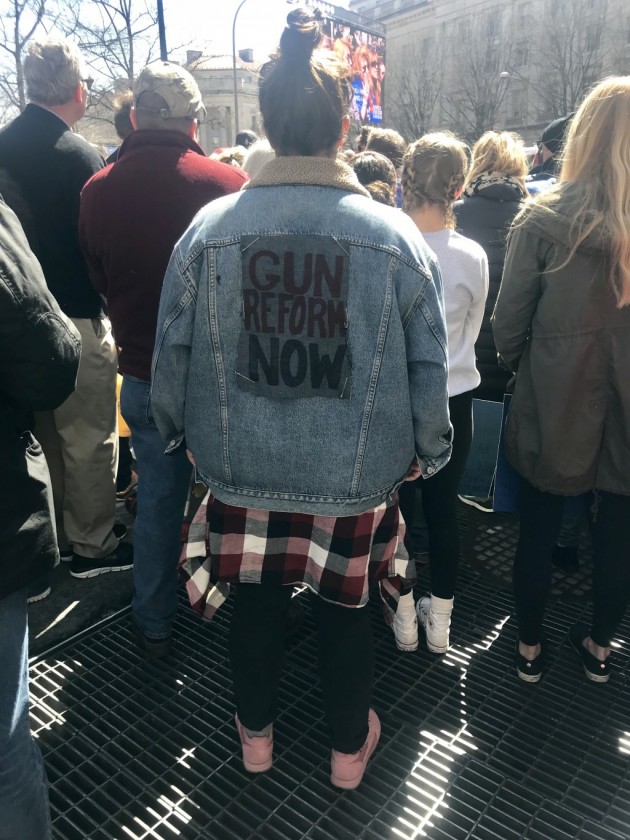Not counting historically black colleges and universities, NCAADivision I schools responding to a survey reported that of 839 coachingpositions in men’s basketball, people of color filled 17 percent.For women’s basketball, the figure was 13 percent of 869 positions,and for football, 8.7 percent of 541 positions.
Contrast that with this figure: 47 percent ofits 2,249 athletes are minority students, according to CarlyleCarter, commissioner of the Minnesota Intercollegiate AthleticConference.
To close the gaps, suggested solutions rangefrom longer hiring periods to contacting coaches at historicallyblack colleges and universities for potential candidates.
Denise Dehass, assistant director of researchin the NCAA, presented the racial data on the coaching staffsduring the 2004 National Collegiate Athletic AssociationConference, held in January at the Nashville Gaylord OprylandHotel. She cited 2001-02 NCAA data, the latest available.
“You cannot argue with the facts,”said Floyd Keith, executive director of the Black CoachesAssociation, during a session titled “Minority coaches: What can bedone to increase the number of minority coaches in intercollegiateathletics?”
“There needs to be 24/7, 365 [days of]effort to be focused on this issue. The myth is that givingminority’s high-profile head coaching positions puts the universityin jeopardy of [losing] financial giving by corporations. The realstance, winning or losing, is what affects the monetaryrewards.”
Carter, along with Dehass, Keith and RonStratten, vice president of the NCAA, comprised the panel.
The data also showed that a modest increasesin the number of coaches of color in Division I sports could beoffset by decreases in minority coaches in Divisions II or III. Thedata confirmed that the percentage of minority assistant coaches inDivision I schools is higher than for head coaches and hasconsistently been increasing since the NCAA began collecting thedata in 1995.
“In every walk of life, is a challengeto get minorities equal opportunities,” Teresa Philips,second-year athletic director at TennesseeStateUniversity, said.”I don’t think it immediately needs to be equal,because a lot of minorities might not want to be in those highpositions; they may want to do other things in athletics. . . .It’s not going to change dramatically until the individualswho are in charge change their mindsets.”
In December, MississippiStateUniversity hiredGreen Bay Packers assistant coach SylvesterCroom, making him the firstAfrican American head football coach in the 71-year historyof the Southeastern Conference. The move also came 40 years afterthe MississippiState basketball team played in the NCAA tournament,defying state law and a court order that prohibited whites fromcompeting against blacks.
“The guys I work with at TSU can work atany level, even professionally,” said Rod Reed,TennesseeState’s defensive coordinator, who held the sameposition at a predominately-white school, EastTexasBaptistCollegein his hometown of Marshall, Texas. “In this business,it’s not how much you know, it’s who you know. MostDivision I coaches are white, so they hire who they are comfortablewith. I would do the same if the opportunity presents itself to me.Is it fair? Who’s to say?”
The panelists agreed that majorityuniversities need to use a reliable candidate list. Black coachesfrom HBCUs have done much more with fewer resources than areavailable at even a portion of some of the predominantly whiteschools’ athletics programs, Keith said.
TennesseeState’s former head footballcoach John A. Merritt, who coached former Dallas Cowboy great Ed”Too Tall” Jones, and former basketball coach EdMartin, who won 500 games in 17 seasons and coached formerWashington Bullet Leonard “Truck” Robinson, could havereceived more notoriety and money at bigger-revenue schools.
“You get more out of having blackcoaches,” said Otis Lewis, a TSU alumnus who played offensivetackle under Merritt. “Along with being an athlete, you arestill a person. . . . (T)hey know how to deal with not only theplayers but the player’s families and they can relate to theplayer’s moods.”
Tamika L. Jefferson, a student atTennesseeStateUniversity, is sports editor of The Meter.



